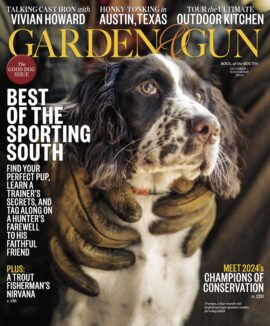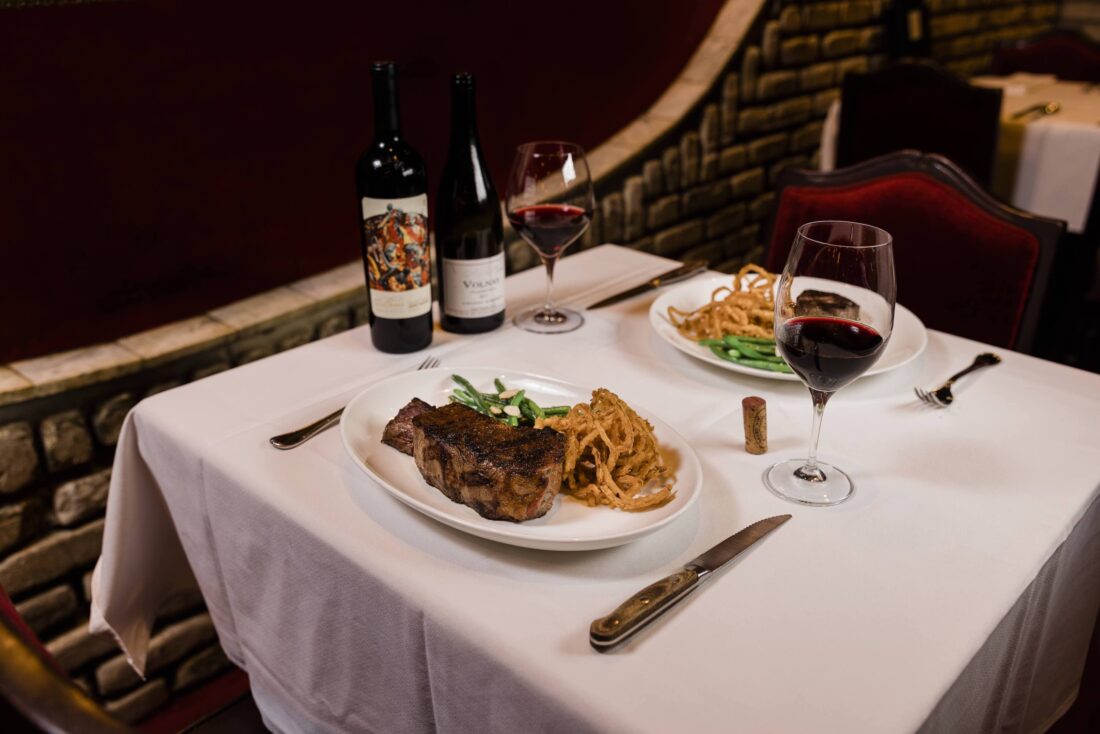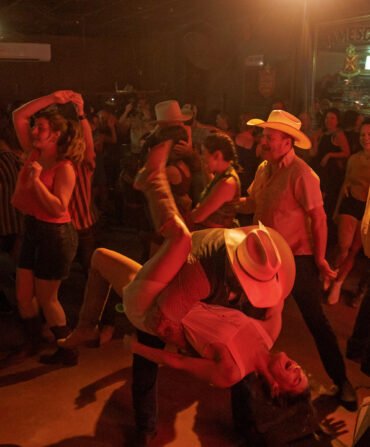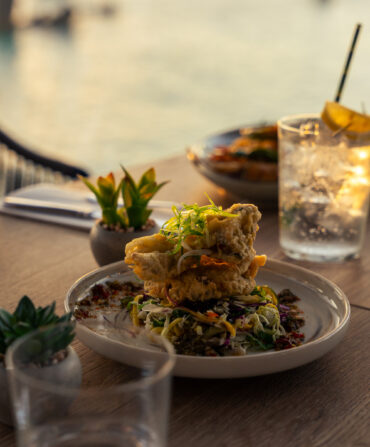A meal at a classic steakhouse isn’t just about the perfectly aged, marbled, and cooked cut of prime beef on your plate. It’s about the larger indulgence of ambience and attentive service, and most of all, about joining the ongoing story of a place where your parents (and maybe their parents) celebrated life’s special occasions. At these Southern steak strongholds, such stories are often accompanied by a sizable side of endearing quirk. All that’s left to say is: “Would you like to see the wine list?”
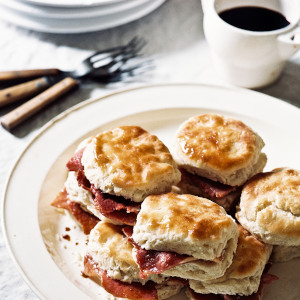
Bern’s Steak House (1956)
Tampa
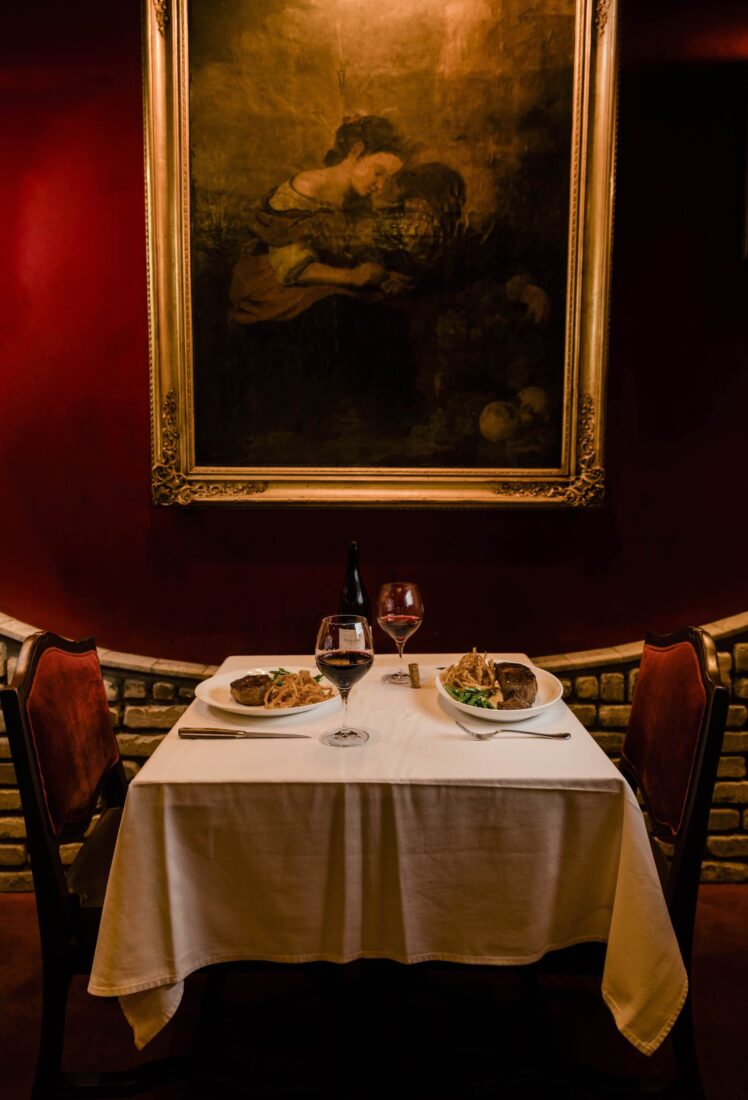
Many revered steakhouses claim humble origins. What was opened in 1956 as a luncheonette and beer bar by Bern and Gert Laxer is certainly a far cry from the eventual warren of rich red wallpaper and Old World oil paintings that has become a Tampa institution. Today, the menu at Bern’s is equally ambitious, reaching beyond cut-to-order steaks to include an appetizer of roasted marrow bones, rabbit fazzoletti pasta, and eighteen choices of caviar. The restaurant’s most distinguishing feature might be its dedicated dessert room, where patrons nestle in private booths constructed from old wine casks and succumb to the temptation of after-dinner cocktails, housemade ice creams, and chocolate indulgences. Yes, you can have baked Alaska set aflame tableside.
Angus Barn (1960)
Raleigh

Long before Raleigh-Durham actually deserved its hyphenated status, constructing a big, red steakhouse on a rural lane between the two towns was deemed such a bad idea that no bank would grant novice restaurateurs Thad Eure Jr. and Charles Winston a loan. Nevertheless, Angus Barn was such an instant hit that not even a 1964 total-loss fire could stop it from rebuilding at double the seating capacity. Today, “Big Red” serves twenty thousand steaks a month in an environment of “rustic elegance,” meaning the tablecloths might be homey blue gingham, but please leave your baseball caps at home. For the full social experience, stop in the Wild Turkey Lounge, named for its collection of more than six hundred Wild Turkey bourbon decanters.
The Wonder Bar Steakhouse (1946)
Clarksburg, West Virginia
As old as any Baby Boomer, Wonder Bar deserved the facelift it received in the last decade, which included a new outdoor patio overlooking the Western Allegheny foothills. Even so, it retains the soul of the steak-grilling dance hall that John and Betty Folio opened the year after World War II ended, and that later fed Joe DiMaggio and John F. Kennedy. The focus is on traditional cuts of steak, rounded out by seafood towers as tall as the wine list is deep. The founders’ Italian roots are on display too, in the lineup of pasta dishes and the spicy zucchini side.
Ye Olde Steak House (1968)
Knoxville, Tennessee
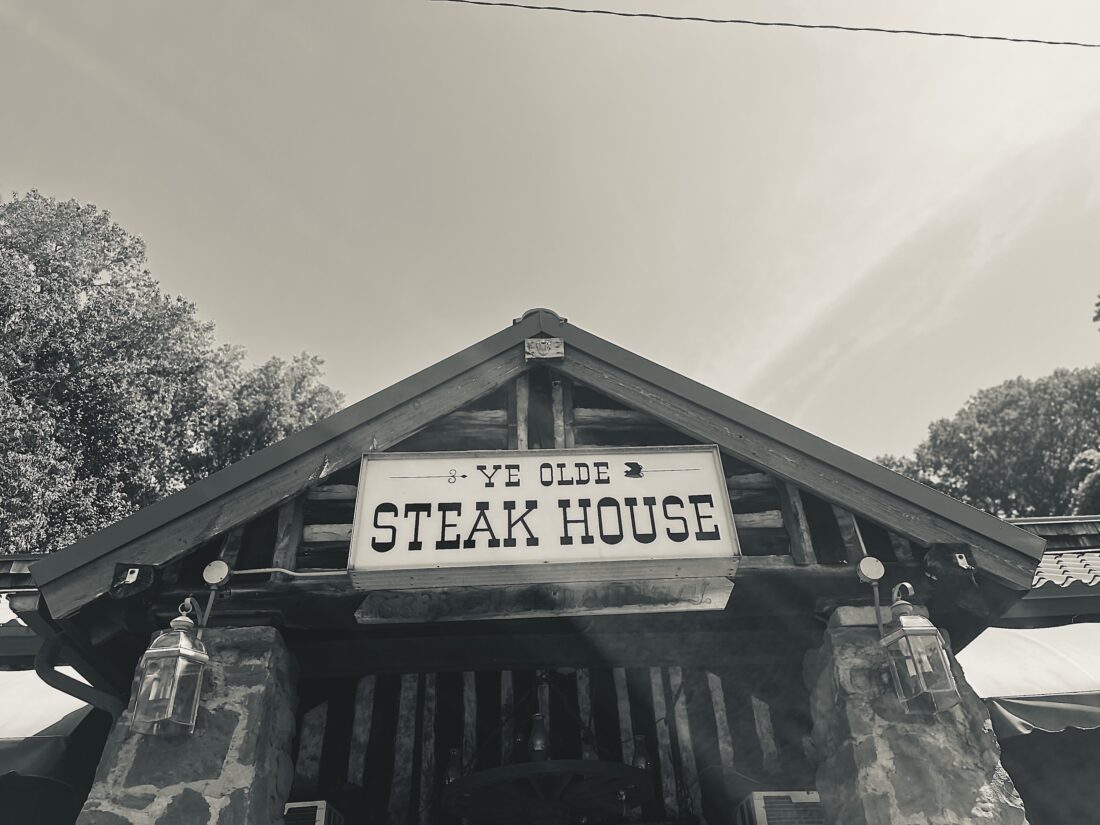
Not much has changed here since the wonderfully named Bunt King surprised his family by purchasing a log-built former antique store hard up against the road leading out of Knoxville toward Pigeon Forge, declaring it the “perfect location” for a steakhouse. Turns out he was right, so his children now run the restaurant pretty much as he did—with a straightforward menu of flame-grilled steaks served with a house salad and traditional sides. (Definitely order the “woodshed potatoes” with caramelized onions.) Tip: A table can be hard to come by during University of Tennessee football home game weekends…especially if you’re a Bama fan.
Doe’s Eat Place (1941)
Greenville, Mississippi
You can try to tell first-timers about the peculiarities of Doe’s, but when you pull up to the building that resembles a Depression-era country grocery (which it once was) and access the well-worn dining area by way of the sizzling kitchen, they’re still amazed. Even more gobsmacking are the ginormous cuts of beef, Delta-style hot tamales, and broiled shrimp that helped make Doe’s the first restaurant in Mississippi to earn an America’s Classics designation from the James Beard Foundation in 2007. You can’t know until you go.
Pat’s Steakhouse (1958)
Louisville
Sure, Ireland leans toward lamb, but Pat’s manages to effortlessly combine Irish charm with the American jones for big slabs of seared beef. Expect lots of shamrock-green accents, from the napkins to the old-school waiters jackets, contrasting nicely with wood-paneled walls darkened by age. Before Mike Francis (father of the affable current proprietor, Pat) started the business in 1958, the building began as a nineteenth-century coach inn. That’s appropriate, because you might find yourself longing to spend the night.
Cattlemen’s Steakhouse (1947)
Fort Worth, Texas
In retrospect, opening a steakhouse on the grounds of a cowpoke-populated stockyard is a genius idea, but you still have to make it good. Cattlemen’s has done more than that—it’s iconic, down to the giant, lightbulb-studded sign outside and the Old West–themed murals inside. This is Texas, so go big by ordering a twenty-ounce “cowboy” bone-in ribeye that you watch being cooked over an open fire. If you finish it, you’ve officially earned the right to wear spurs.

